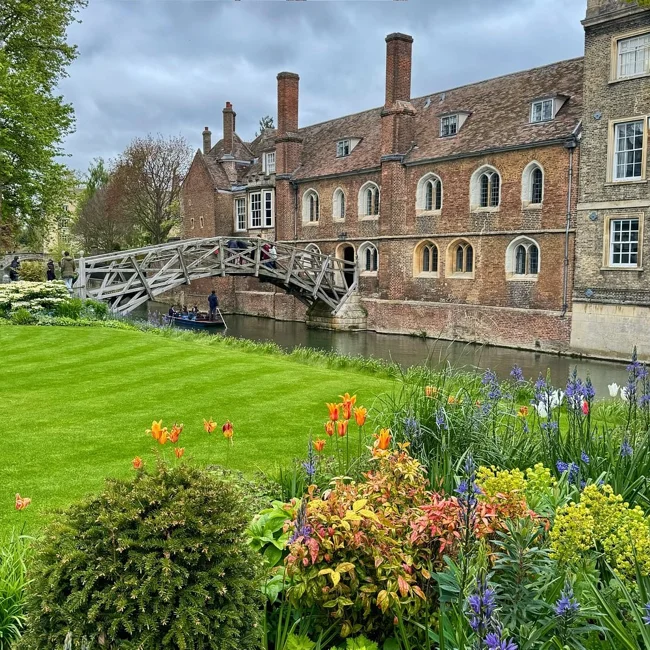Wooden Paradox: How the Straight Beams of the Mathematical Bridge in Cambridge Turned into an Arch (12 photos + 1 video)
On the banks of the River Cam, in the heart of an ancient university town, lies a true marvel of 18th-century engineering. The Queen's College Mathematical Bridge has been dazzling not only tourists but also architecture experts for over 270 years. 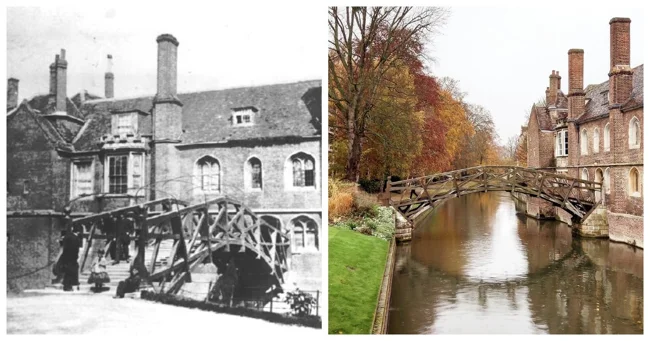
Its secret lies in its amazing combination of simplicity and complexity: assembled exclusively from straight wooden elements, it forms a perfect arc, defying the laws of geometry. 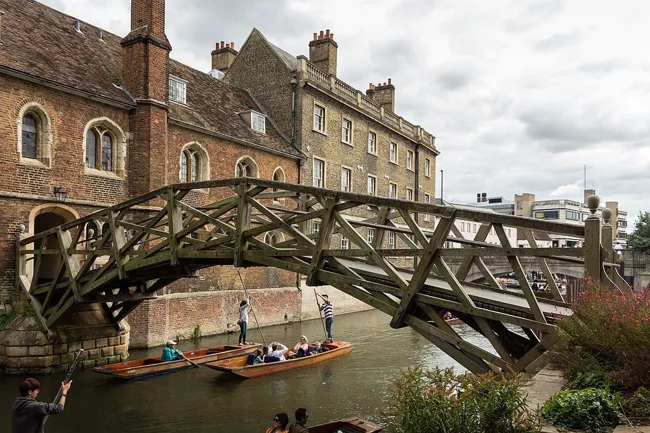
Contemporaries called this structure a masterpiece of carpentry. Archival records contain a description that emphasizes that even with a strong rise in water, the river does not reach the lower beams of the structure. 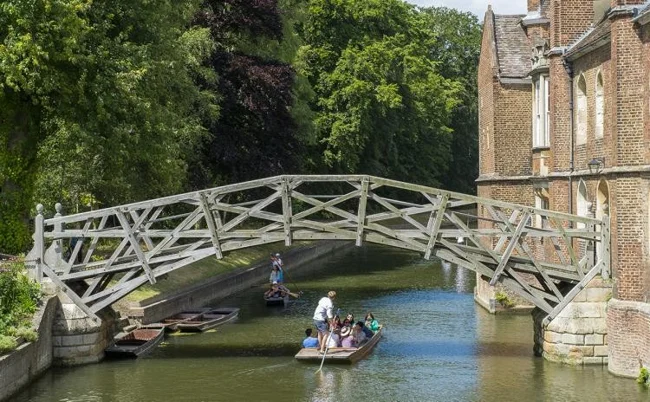
This fact testifies to the careful calculations carried out by the creators of the bridge long before the advent of computer modeling. 
The peculiarity of the bridge lies in the unique system of interlacing elements. The tangent beams form an arch, working in compression. The radial crossbars create a rigid frame, and special connections distribute the load. 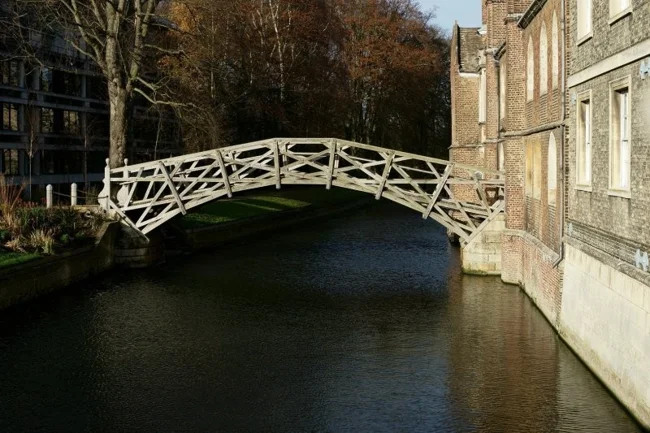
It is curious that the bolts in the structure perform only a fixing function, without taking on the main load. This principle was revolutionary for the construction of the mid-18th century. 
Model of Leonardo da Vinci's Bridge
Researchers have discovered a striking similarity between the design and drawings found in Leonardo da Vinci's notebooks. The great Renaissance inventor developed similar self-supporting systems two and a half centuries before the Cambridge Bridge was built. 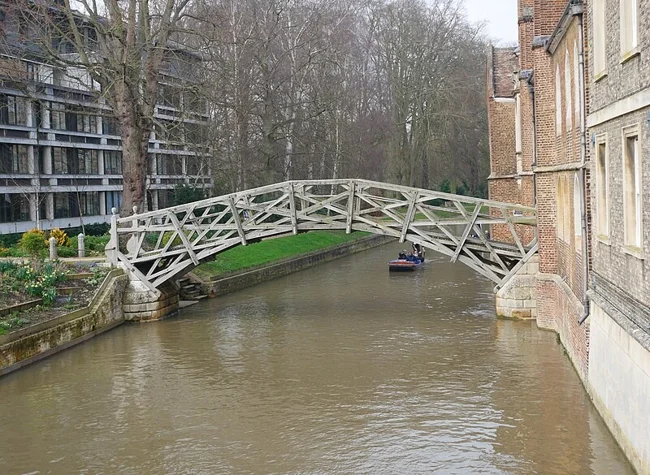
A special feature of da Vinci's project was the complete absence of fasteners. All parts were held in place by precisely calculating friction and pressure forces. 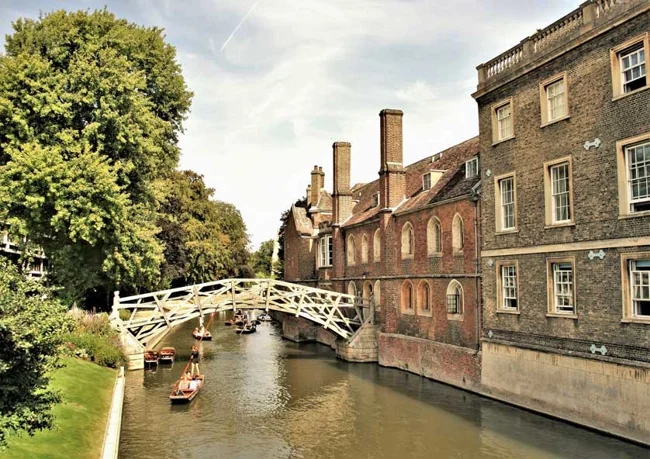
There are several interesting legends associated with the bridge. Allegedly, it was initially assembled without a single nail. There is a version that the design was developed by Isaac Newton himself. And there is also a story about students who dismantled the bridge and were unable to put it back together. 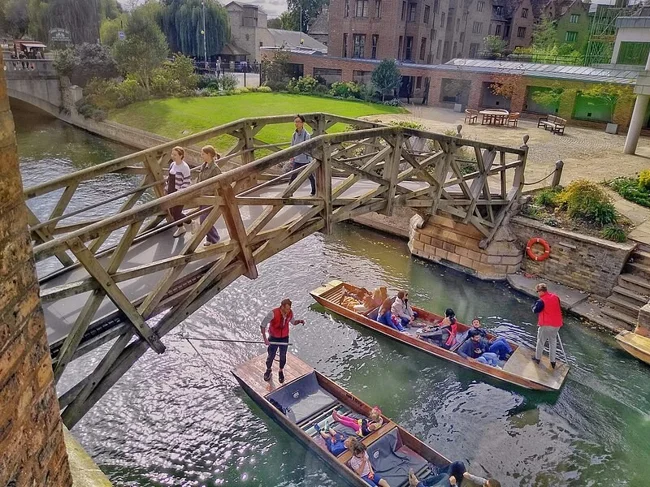
Although there is no documentary evidence to support these stories, they have become an integral part of local folklore. Historical documents point to William Etheridge as the author, who in turn could have been inspired by the designs of his teacher, carpenter James King. 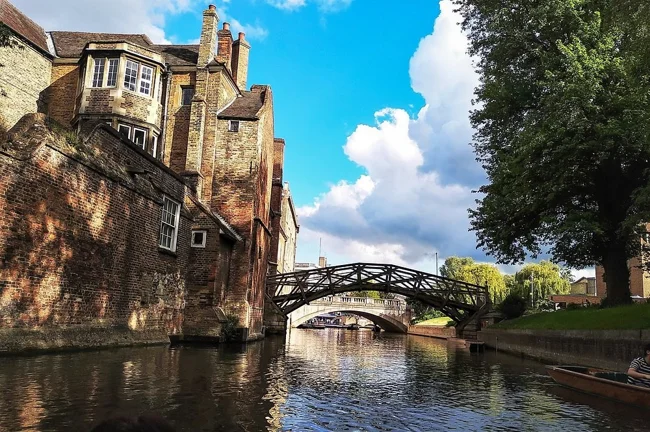
Today, the Mathematical Bridge remains not only a popular landmark, but also an object of study for engineers and architects. Its design has inspired creators of similar structures around the world, from Denmark to Japan. 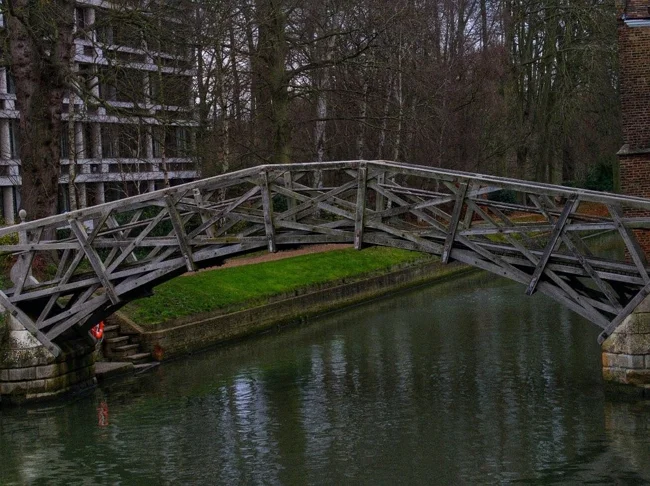
Every year, thousands of visitors come to admire this embodiment of the harmony of mathematics and art, standing at the crossroads of eras and technologies. 